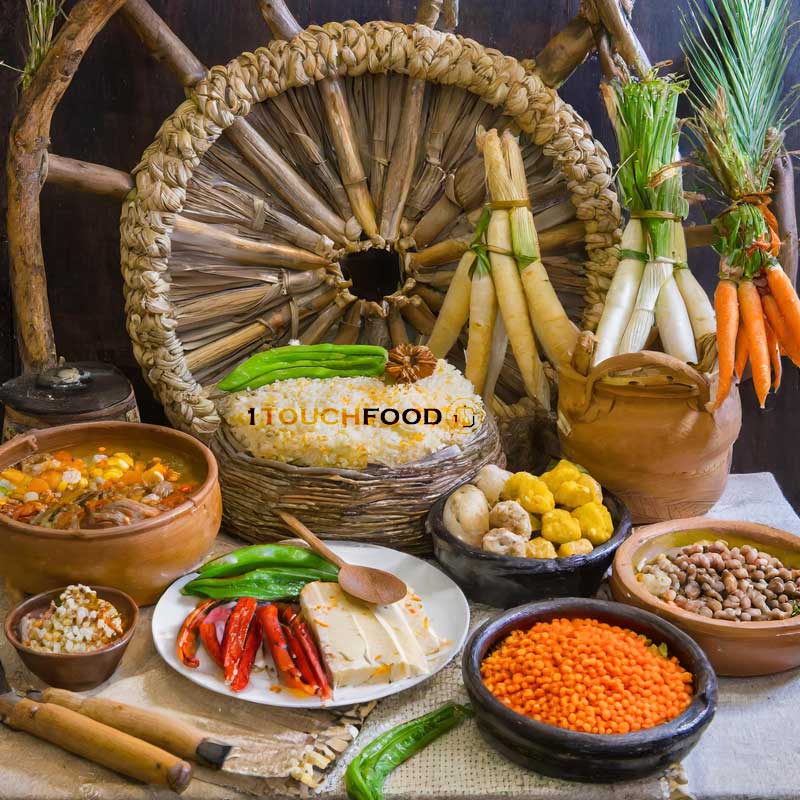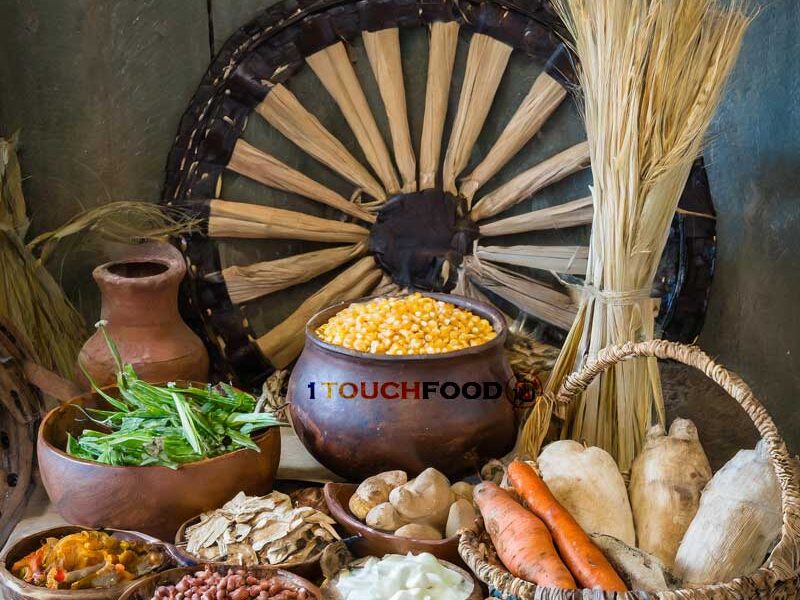Introduction: Exploring the Rich History of Indigenous Foods in North America
The history of indigenous foods in North America is a tapestry woven with tradition, culture, and a deep understanding of the land. Indigenous peoples have thrived on this continent for thousands of years, developing a cuisine that is both nutritious and intimately connected to the natural world. This article delves into the rich history and cultural significance of indigenous foods, shedding light on how these age-old traditions continue to influence modern cuisine.
The Roots of North American Indigenous Cuisine
Indigenous cuisine in North America is as diverse as the people themselves, with each tribe and nation bringing its unique flavors and techniques to the table. From the corn, beans, and squash—known as the “Three Sisters”—that formed the agricultural backbone of many Native American cultures, to the wild berries, game, and fish that were skillfully harvested and prepared, these foods are a testament to the ingenuity and resilience of indigenous peoples.
The Cultural Significance of Indigenous Foods
Indigenous foods are not just about sustenance; they are deeply entwined with spiritual beliefs, ceremonies, and the seasonal rhythms of the land. For example, the harvesting of maple syrup, a practice developed by the indigenous peoples of the Northeastern woodlands, is often accompanied by rituals that express gratitude for this gift of nature. Similarly, the Pacific Northwest’s First Nations people have long celebrated the salmon runs with ceremonies that honor the fish’s vital role in their culture and diet.
The Impact of Colonization on Indigenous Foodways

The arrival of European settlers brought profound changes to the indigenous foodways of North America. Colonization led to the displacement of indigenous peoples from their ancestral lands, disrupting their traditional food systems and causing widespread food insecurity. However, despite these challenges, many indigenous communities have worked tirelessly to preserve their culinary heritage, passing down knowledge and practices from generation to generation.
The Resurgence of Indigenous Foods
In recent years, there has been a growing movement to revitalize indigenous foodways as a means of promoting health, sustainability, and cultural identity. Chefs, activists, and communities are coming together to reclaim traditional ingredients and cooking methods, while also innovating within the framework of their culinary heritage. This resurgence is not only about celebrating the flavors of indigenous cuisine but also about healing and strengthening communities through the power of food.
Conclusion: History of indigenous foods in North America
The history of indigenous foods in North America is a story of resilience, innovation, and deep respect for the earth. By exploring and embracing these traditional cuisines, we can learn valuable lessons about sustainability, nutrition, and cultural diversity. As we look to the future, the continued revival of indigenous foodways offers a path toward healing and connection, honoring the past while nourishing the present and generations to come.
FAQs – History of indigenous foods in North America
Q: What are some common indigenous foods in North America? A: Common indigenous foods include corn, beans, squash, wild rice, maple syrup, salmon, bison, and various berries and nuts.
Q: How are indigenous foods being revitalized? A: Indigenous foods are being revitalized through initiatives like native food restaurants, culinary education programs, community gardens, and the work of indigenous chefs and food activists.
Q: Why is the preservation of indigenous foodways important? A: Preserving indigenous foodways is crucial for maintaining cultural heritage, promoting biodiversity, enhancing food security, and supporting sustainable practices.
Q: Can non-indigenous people participate in the indigenous food movement? A: Yes, non-indigenous people can support the movement by learning about and respecting indigenous food traditions, supporting indigenous food producers, and advocating for food sovereignty.
Please follow us on linkedin. You can learn all best canadian food recipes you can check our Culinary 1TouchFood Youtube and Telegram 1TouchFood page. Don’t forget Fighting Obesity Magazine and Radio Cooking.

